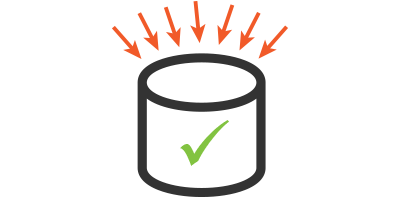Let’s continue to dive in PostgreSQL Concurrency. Last week’s article PostgreSQL Concurrency: Isolation and Locking was a primer on PostgreSQL isolation and locking properties and behaviors.
Today’s article takes us a step further and builds on what we did last week, in particular the database modeling for a tweet like application. After having had all the characters from Shakespeare’s A Midsummer Night’s Dream tweet their own lines in our database in PostgreSQL Concurrency: Data Modification Language, it’s time for them to do some actions on the tweets: likes and retweet.
Of course, we’re going to put concurrency to the test, so we’re going to have to handle very very popular tweets from the play!




